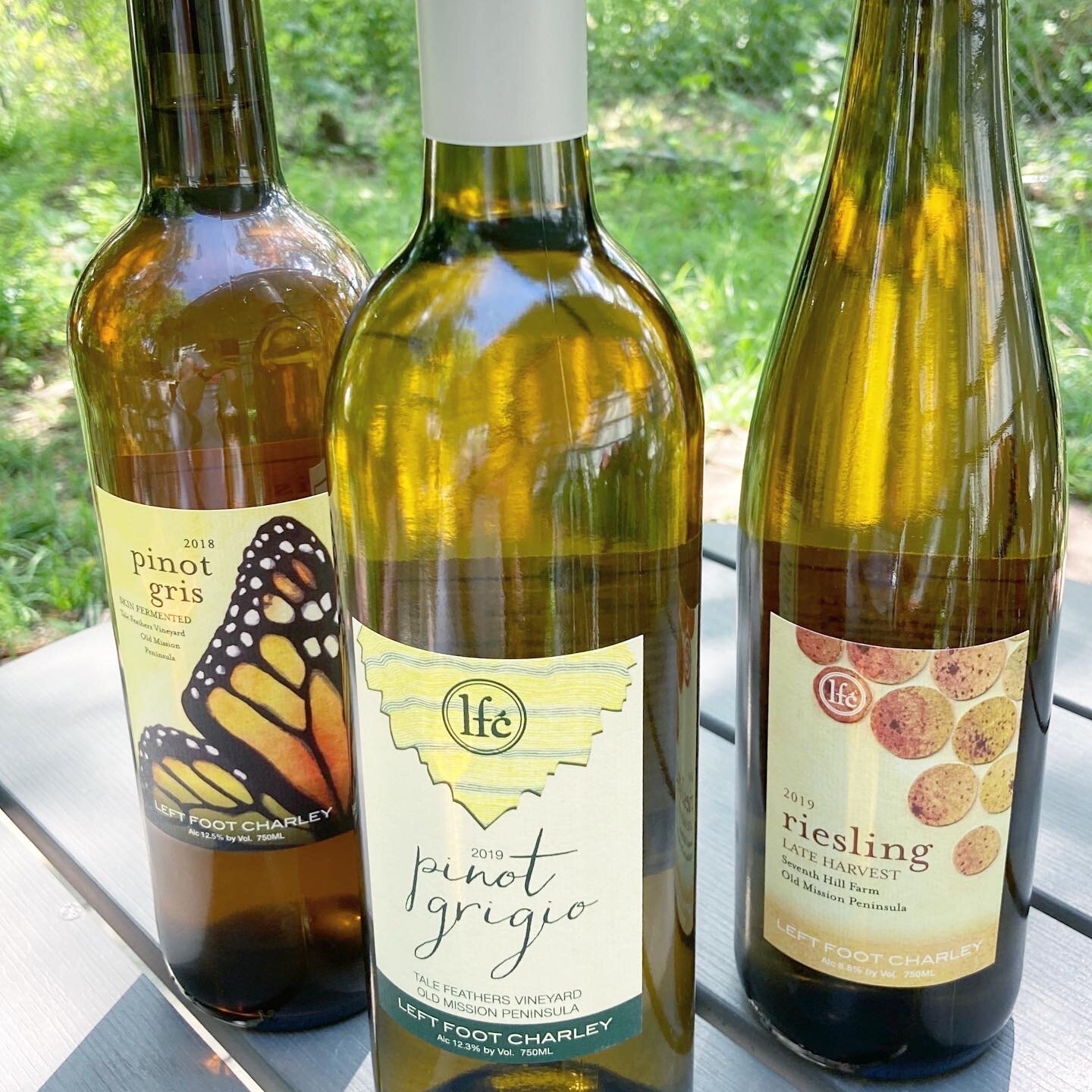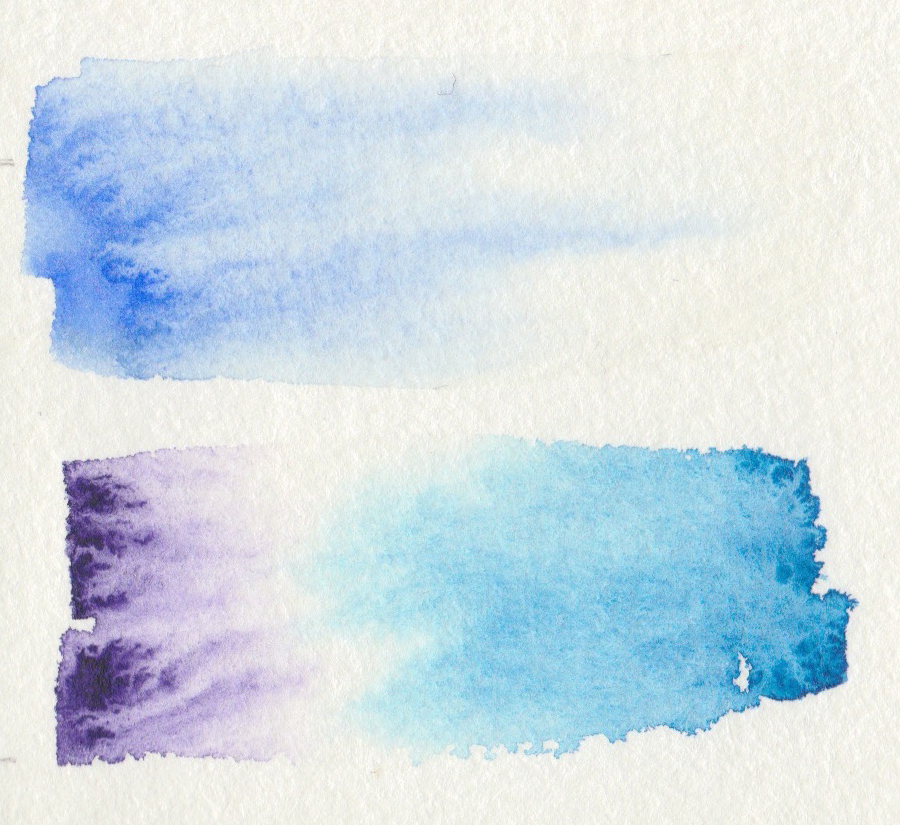We all already know that sitting for long periods of time is hard on your body: higher blood pressure, higher blood sugar, metabolic syndrome, increased risk of heart disease & cancer. I recently bought a convertible desk so that I can switch between sitting & standing when I have to be at my desk for long periods of time (like writing this blog). You can find very affordable options and even ones that are just a portion of your work surface if that’s more your style. It’s made a huge difference in how I feel after a long day. If a new desk isn’t in the budget, you can take regular breaks to stretch & walk around. Experts suggest taking breaks from sitting every half hour. This actually meshes in really well with the Pomodoro productivity technique:
Set the timer (usually 25 minutes)
Work on the task
When the timer rings take a short break (five–ten minutes)
Go back to step two and repeat until you complete four cycles
After four cycles are done, take a long break (20—30 minutes)
Repeat steps two through five for as long as desired
I recently got this timer on Amazon that I really like for doing this technique. I love Pomodoro for making sure I’m moving around and for signaling when to switch between sitting and standing. It’s a good way to make sure I’m drinking enough water, too. Your brain needs water! During the longer breaks I like to grab a snack, make tea, do a short yoga video on YouTube, do a short chore, or walk my dog.
I’ve always been a bit of a jock. As a kid, my free time was spent exploring outside—running, digging, climbing trees, finding critters, building forts—basically being one of Peter Pan’s lost boys. I played a variety of sports throughout school. In college, I fell in love with weightlifting and distance running. And in the past few years, I’ve fallen in love with yoga and meditation. All these things together are what make up my perfect physical fitness routine. It counteracts the time spent sitting at my art desk and the long hours of being on my feet at my day job. My day job can be physically demanding, too, so I try to stay strong to handle the rigors of the job.
I was extremely skeptical when I first started my yoga journey. I used to call it “advanced stretching” instead to trick myself into doing something I saw as woo-woo. You know exactly what I’m talking about. Now, I’m absolutely a convert & I wish everyone would do it. I follow a few yoga teachers on YouTube & doing yoga at home was how I originally got started. Practicing in your house takes a lot of the pressure off & you can find teachers you connect with without having to pay for an in-person class. I do yoga daily, aiming to do 30-45 minutes. It keeps me flexible and helps work out the tightness of running and weightlifting.
Weightlifting and running are usually three days a week. I do both on the same day—lifting first, then a run. My weightlifting routines lean toward classic gym rat & bodybuilder exercises. I alternate between simple upper body & lower body routines of about five exercises each. This is a complex, multifaceted world to explore if lifting is something you’re interested in. I would highly suggest finding a trainer or mentor to help get you started if you’re a total beginner. Lifting with proper form is non-negotiable if you want to avoid injury & it’s a difficult thing to know until you really get a feel for it. I wouldn’t be where I am if I didn’t have some amazing mentors along the way. As for running, I prefer to run outside to get fresh air and sunshine. I’ve been doing mostly road running, but I’d like to get more into trail running. I aim for anywhere between a mile and a half and a 5K (3.1 miles). Signing up for 5k fun runs has helped to keep me motivated & accountable. I’d like to work up to running a 10K race some day.
Exercising outside is better for you—it can improve your mental health, lower blood pressure & heart rate, and lower stress. These benefits have been shown in studies of simply walking through the woods or “forest bathing.” And exercising outside seems easier than exercising inside. Cool trick, huh?
I’m not super strict about my workout routine. My body will remind me if I slack off too much and I’ll be achy or my mental health suffers. Finding balance can be challenging for me—I tend towards overworking and injuring myself.
Now that the weather is a little warmer, I’ll be biking around town and getting some cardio that way. I recently tried rock climbing at our local climbing gym and really enjoyed it. I want to try to get over there once a month on their industry night. Long walks or hikes, with or without the pups, I count as exercise, too.
Walking is one of the most accessible ways to exercise since you don’t need any equipment other than some comfortable shoes. Just a half hour a day is shown to have numerous benefits. You can work your way slowly up to running if you want or just go for longer walks or hike rougher terrain. Walking can improve your immune system, reduce join pain, lower your risk of Alzheimer’s, and strengthen bones & muscles.
I know meditating can seem a little woo-woo. It doesn’t have to be. If you’re willing to give it a chance, but need something a little more “science-y” look into NSDR (Non-Sleep Deep Rest) also called Yoga Nidra. Meditation is a great tool for reducing anxiety & stress, improving focus, and can help with memory issues, addiction, and pain. I’ve come up with solutions to art problems while meditating. There are a wide variety of wonderful guided mediation sessions on YouTube and Spotify.
















